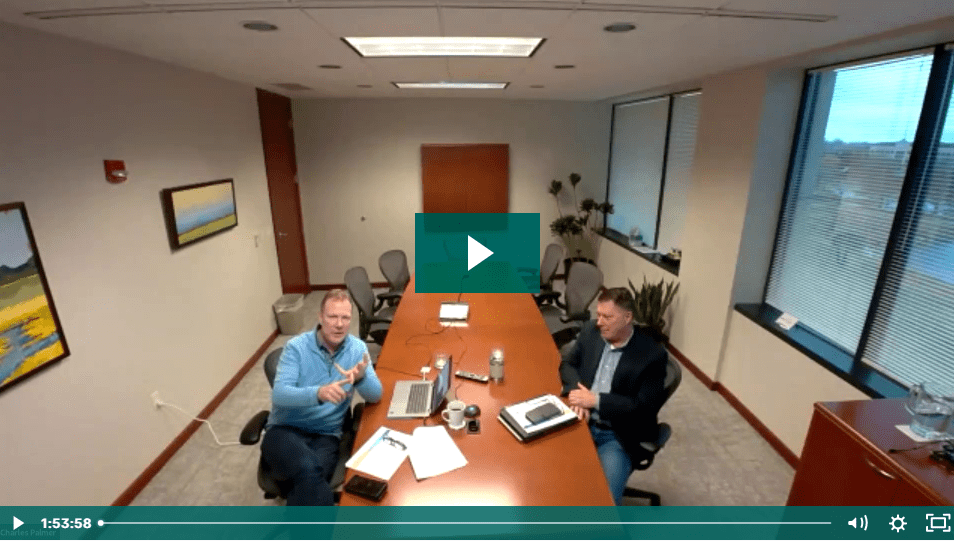Top 10 Questions We Received on the OSHA ETS & Vaccine Mandate

“We’re Hiring: Less than 100, NO Vaccine Required,” is the latest lawn sign spotted in a Wisconsin industrial park.
The ramification for companies employing over 100 individuals by the OSHA Emergency Temporary Standard & Vaccine Mandate are beginning to unfold. Regardless of the fact that the ETS is momentarily tied up in the courts, HR and leadership teams are watching a ticking clock on new regulation deadlines and are beginning to fix their attention on the situation.
On November 11th, R&R Insurance hosted a webinar featuring Michael Best attorney, and OSHA specialist, Chuck Palmer. The webinar attracted over 300 c-suite individuals who asked a total of 90 questions. Below are 10 of the best questions asked during the webinar.
For a more comprehensive compliance guide to the OSHA ETS, see the HR Vaccine Compliance Guide from Best Workplace Solutions, which will be continuously updated as the regulations change.
Q: Does the standard only apply to full time employees or do you need to include seasonal and part time employees in your count?
A: When calculating the total number of employees, you need to include seasonal and part time employees. If you were at 100 employees on November 5th, 2021 but drop below that number, the standard still applies to your organization. If your organization was under 100 employees on November 5th but afterward grows, the standard applies once your organization reaches 100.
Q: Does the standard apply to multiple entities with common ownership?
A: Yes, if the organizations share common safety management.
Q: Can an unvaccinated employee test using an at-home test kit? Are COVID-19 antigen tests acceptable by the standard?
A: An at-home test kit is considered acceptable, but it has to be proctored by a third party or the employer. The employee cannot self-test and self-verify. COVID-19 antigen tests are considered acceptable.
Q: Does the employer need to keep a record of unvaccinated employee testing?
A: Yes. Should OSHA request it, the employer would be required to produce proof. This needs to be kept as a confidential medical record, possibly as long as 30 years.
Q: Is there a maximum penalty for non-compliance?
A: There is a maximum penalty for each individual, but no maximum for the number of violations.
Q: Are employees working remotely at home excluded from the vaccine, testing and masking requirements? Are employees working exclusively outdoors excluded from the vaccine, testing and masking requirements?
A: Employees exclusively working from home are excluded from vaccine, testing and masking requirements. Employees working exclusively outside are also excluded from the requirements provided they are inside for only a “de minimis” amount of time. “De minimis” is not defined in the standard, but likely refers to 15 minutes.
Q: Are employers required to keep a copy of the vaccine card?
A: Yes. Should OSHA come on site and request it, you would need to produce a spreadsheet of vaccinated and unvaccinated employees within 4 hours.
Q: Are local government municipalities subject to the mandate? Public schools?
A: No
Q: If you work in an office environment and you are not vaccinated, does the standard require you to wear a mask at your desk?
A: If you have walls and a door (office) you can remove the mask. If you are in a cubical, you would need to keep a mask on.
Q: How is a religious exemption documented? Are religions treated differently by the standard?
A: We would suggest you use the government’s own religious accommodation forms (EEOC). To claim a religious exemption requires a deeply held religious belief and is not dependent on the religion.
Click here to view the full November 11th webinar featuring attorney Chuck Palmer hosted by R&R Insurance Services, Inc. Many more questions are addressed in the webinar.







